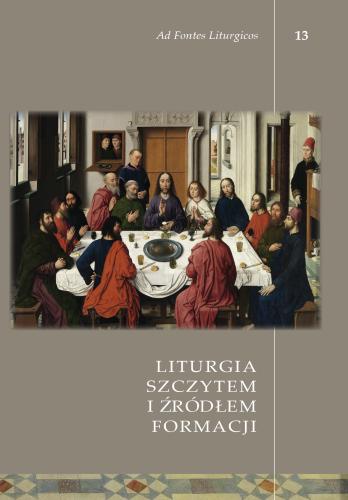The Beginning of Liturgical Formation in Romania: The First Liturgical Manual in the Romanian Language
Streszczenie
While different political realities shaped the three Principalities (Moldova, Wallachia and Transylvania) that later formed Romania (1918), the spiritual unity of the Romanian people has been nourished since the Middle Ages by the Eastern Christian faith. Situated at the intersection of cultural and religious currents, Romanian spirituality has often interacted with that of the Ruthenian Slavs, Serbs or Bulgarians, Greeks, Hungarians, Catholics, Lutherans, and Calvinists. For this reason, the first Romanian literary works were translations or adaptations that were always under the influence of or produced in opposition to these cultures and beliefs. This study investigates, from a liturgical and doctrinal perspective, the first manual of liturgical training, published in the Romanian language at Iași (1697) translated by Jeremiah Cacavelas: Holy Teaching about the Holy and Divine Liturgy. Considered by some specialists to be an adaptation of similar works by Simeon of Thessalonica or Nikolaos Bulgaris, the manual presents in the form of questions and answers the teaching and spiritual understanding of the Orthodox Church regarding the Holy Liturgy. The manual also explores other Orthodox Christian teachings regarding the church building, angels, the nature of Grace, liturgical vestments, feast days and so forth. Throughout the volume, Jeremiah Cacavelas does not avoid controversial theological subjects that divide the East and West concerning transubstantiation, the nature of Grace and so forth. Cacavela’s manual became quite widespread in the Romanian Provinces; in some areas it was used until the 19th century.



